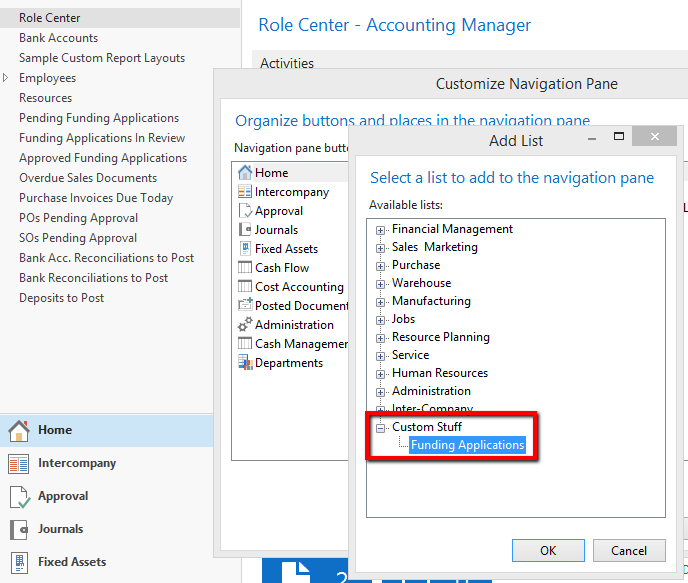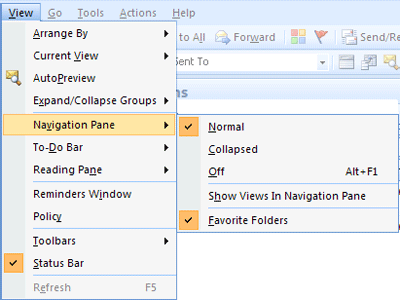

Since these changes are part of the active development of Windows 11, they are not expected to arrive until the next feature update in the fall of 2023 (presumably).

However, you can use these instructions to enable both features. Microsoft is currently testing the new tab and navigation pane improvements, which means that not everyone will see them. The known folders (Documents, Downloads, Music, Pictures, etc.) are no longer displayed under “This PC” to keep that view focused on the drives. File Explorer new navigation (preview)Īlso, when navigating to folders syncing to OneDrive, the address bar displays the correct path to make it easier to understand when the folders are on the cloud versus when they are local to you. The new visual changes provide easy access to pinned and frequently used folders and OneDrive cloud profiles, which now reflect the user’s name associated with the account. Redesigned navigation paneįile Explorer also comes with redesigned navigation pane. You can use the Ctrl + T keyboard shortcut to create a new tab, the Ctrl + W keyboard shortcut to close a tab, and you can use the middle button of the mouse to close a tab. You can also re-arrange as needed using the mouse.įile Explorer even includes some keyboard shortcuts to work with tabs. For example, you can now right-click a tab to access a context menu with the options to close the current, close all others, or close tabs on the right. If these objects are not listed in theNavigation Pane, right-click or access the context menu fortheTitle Baron theNavigation Pane. By default, the Navigation Pane appears as a rectangular box with a title on top, a yellow down-pointing.

You also use it to change the way the objects, whether the objects should appear in categories, and what categories. It allows you to review the objects that are part of a database. When comparing the old and new designs, we can see some improvements. The Navigation Pane is the central point of a database. Or you can right-click a folder and select the option to open in a new tab. When you open the file manager, you will find a plus (+) button to create a new tab in the title bar.


 0 kommentar(er)
0 kommentar(er)
